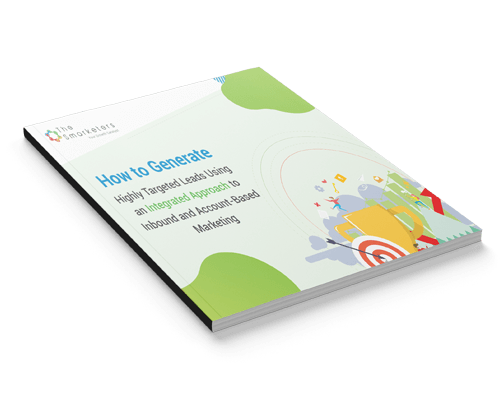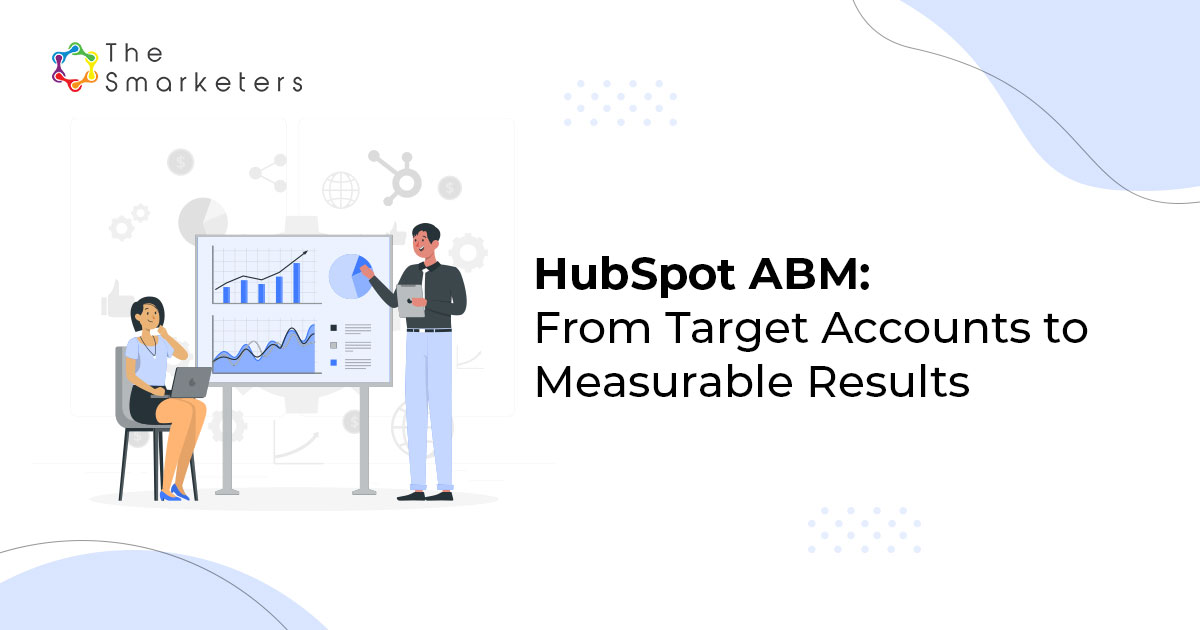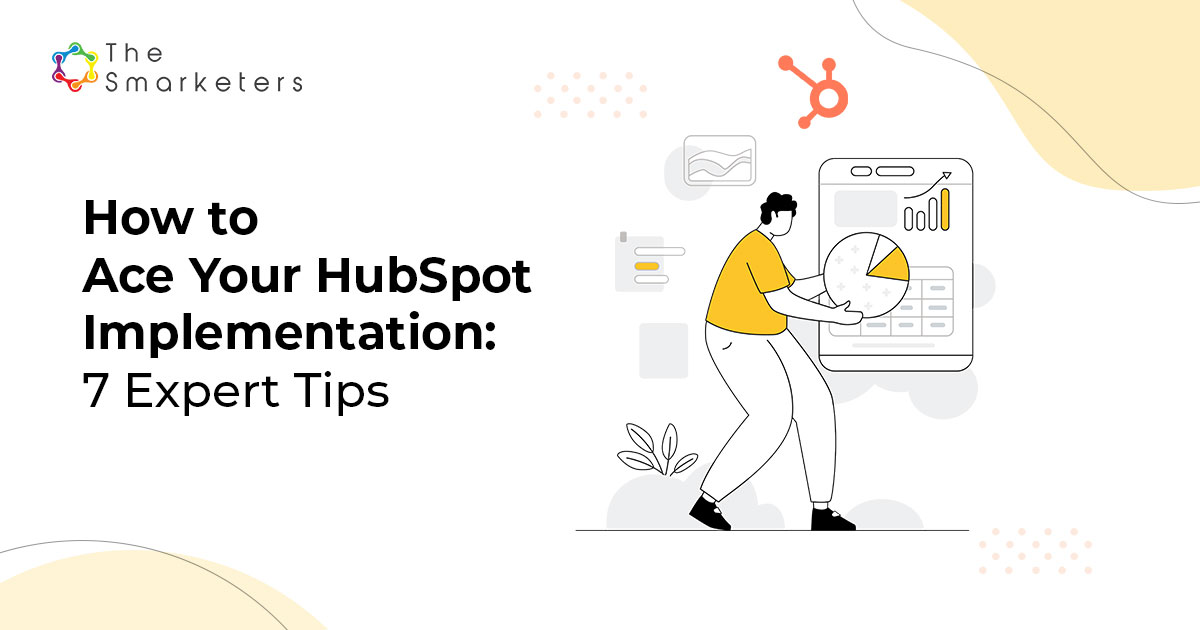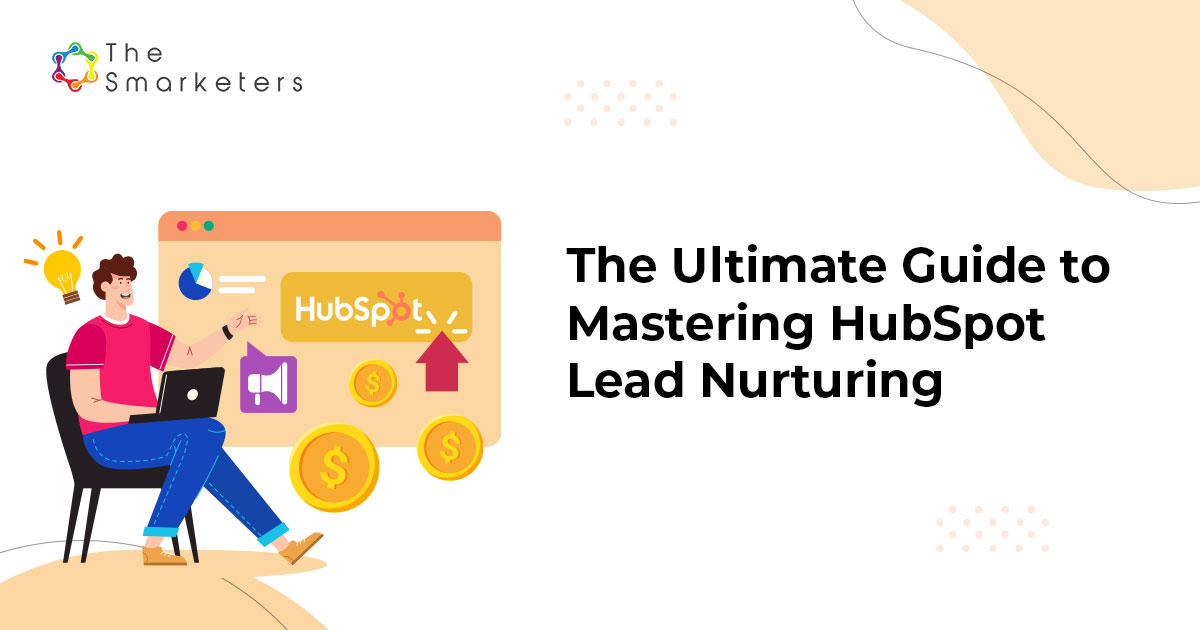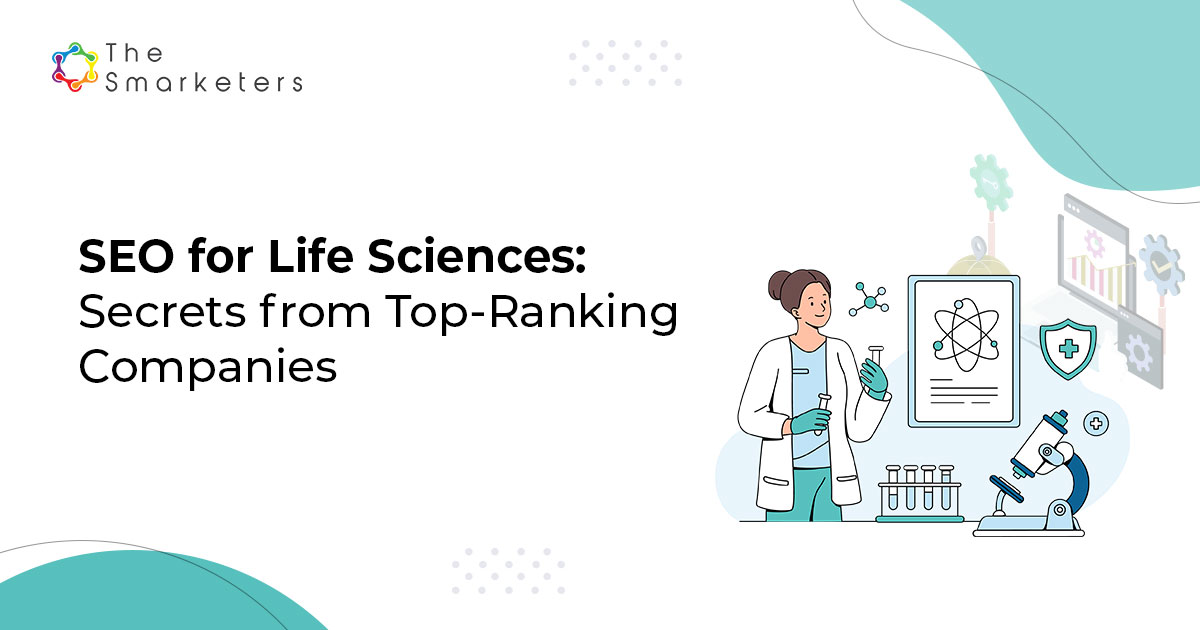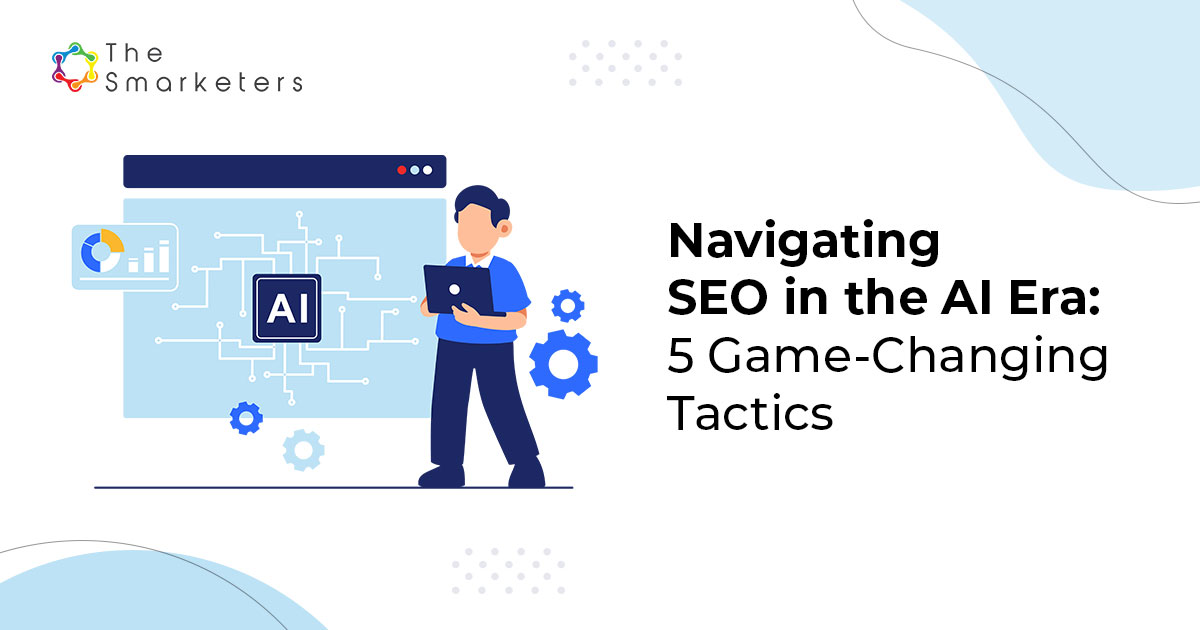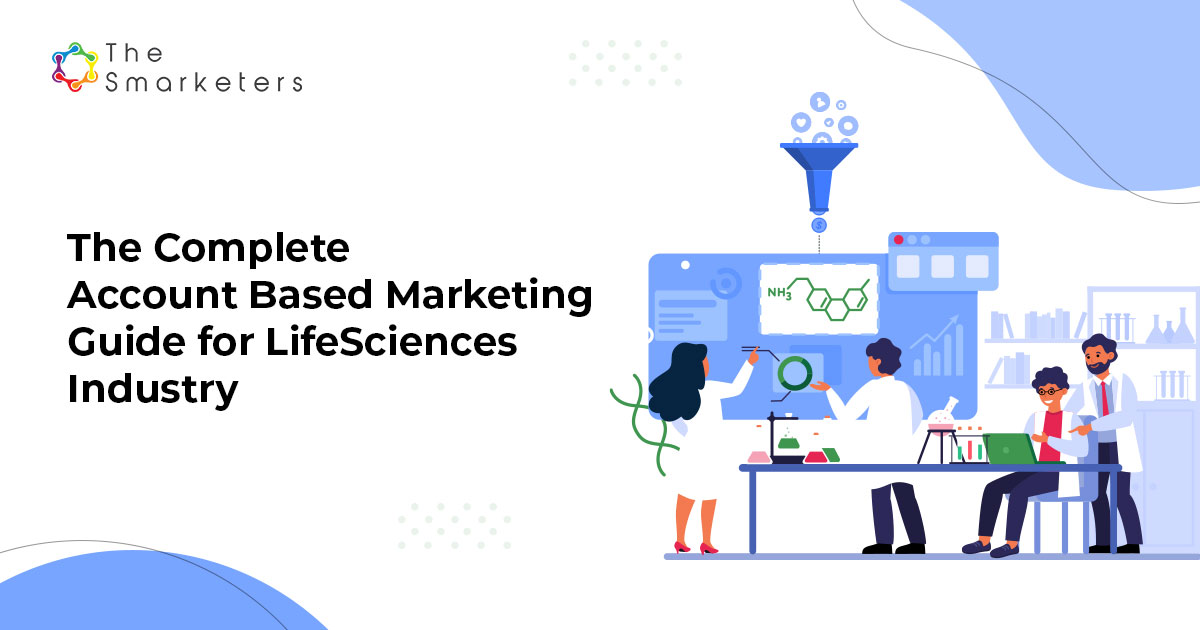Introduction
The internet is a collection of billions and a seemingly endless number of websites which makes it a complicated place to navigate. With the ever-rising size and complexity of the internet, the makers of search engines have a new challenge – ensuring that the users find exactly what they are looking for in the shortest time possible. Developers of search engines such as Google constantly endeavor to provide users the best possible results to their search query that will very likely be the most desired one(s). This essentially starts with figuring out the ‘why’ of the search. “Why is this particular search being conducted? What is the intention behind it?” Enter, Search Intent Optimization (SIO) – a prominent process in designing and cataloging information that can effectively reach a user and best suit the user’s needs.
What is Search Intent Optimization?
Consider an instance where you might have used a search engine to look up a simple ‘how to query. The search engine takes this input and matches it with an expansive database on the internet and comes up with the results that are very likely the ones you desire. The extent to which the results will be of relevance has two parts to it:
- a) The effectiveness of the search engine to produce desirable results
- b) How closely the search query is related to the content in the websites that provide the requested information.
The latter half of the process depends on the website’s content and whether or not it contains the key phrases or words of the search query.
SIO in Content Marketing
SIO for a large part has been perceived as something that search engines and e-Commerce websites incorporate in order to match landing page content to the user’s expectations. However, with the current consumer behavior that hinges on a short attention span, it is imperative that we factor in Search Intent Optimization in our content marketing strategies as well.
A content marketing strategy at the primary level is intended to generate consumer attention, in turn, increasing the company’s revenue. Hence, in order to pique consumer interest, marketing strategies are tailored and customized for their best-fit customers. If you consider Account-based Marketing, which starts with identifying the company’s ideal customers in alignment with their products or services, content customization plays a crucial role in it. With SIO demanding a tailored approach to gain traffic for websites, it synergizes the account-specific marketing strategies.
Online marketers are driven to adopt SIO to have a bespoke website targeted at their ideal/best-fit customers. We are currently seeing a dramatic change in consumer behavior, challenging conventional ways marketing strategies were designed so far. People today are engaging with businesses that are relevant, helpful, and personalized to their needs. Searchers want simple and time-efficient ways to access information. Directing the searchers to the right place at the earliest with relevant information improves the chances of connecting with them and generating leads effectively.
The challenge for businesses is to understand the customers thoroughly that allowing them to anticipate their intent and their next move. This is why SIO has become a force to reckon with in marketing, helping marketers and content creators develop a personalized path, content, and messaging to engage the prospective customer effectively.
How does SIO work?
The foundation of SIO is understanding why people search on the internet and the things we look up on the internet. Search queries can be broadly classified into the following categories:
- Informational: Here the searchers are looking for information. Typical informational searches start with ‘how’, ‘why’, ‘what’ etc., which consist of inquiry phrases.
- Navigational: In these queries, searchers would have identified the need and are looking to find the desired website that would fulfill it. For instance, searches where people are looking to find a store to buy a commodity.
- Commercial: Searchers have an intent to make a purchase or monetary transaction but are looking for additional information to help them in their decision-making.
- Transactional: These are searches in which people are looking for the right place to buy something.
Each category of search has idiosyncratic or individualistic keywords that searchers use to retrieve information. It allows the writers of content to design the information that has a likelihood of meeting the searcher’s query.
Understanding the behavioral use of words by searchers becomes essential.
Search engines have several metrics and algorithms that measure the performance of a website. The performance of a website directly depends on how relevant the information is to the search query. Similarly, even when developing website content, marketers must understand that the closer the information is to the user’s intent, the more often it is referenced and the better the website’s performance. The improved performance puts the website at the top of the suggestion list provided by the search engine, thus making the website more visible to the searchers or users. It is this improved visibility of the websites that makes SIO so vital to business.
Conclusion
Aligning the content of a blog post or website to a probabilistic search query directly affects performance and in turn the visibility of the website. SIO is not an exact or deterministic science that can lay out definitive laws and rules about the process. Nonetheless, there have been various principles identified for optimization that have consistently shown results.


